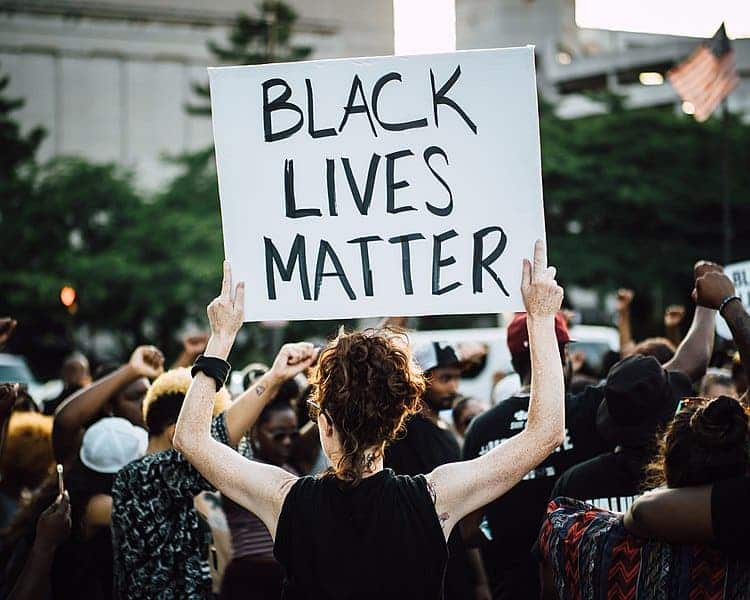An analysis found that just 3.7% of the protests involved property damage or vandalism — and some of the violent episodes didn’t even involve protesters.

Rivers of ink have been spilled over the BLM protests, and it’s not hard to understand why — you could hardly imagine a more polarizing event in the US social context. Follow the BLM coverage on CNN and then tune in to Fox News and you’d feel like they were talking about different events.
From a justified and largely peaceful civil movement to violent looting, the BLM protests have been called many things — but without the large picture, it’s hard to draw any conclusions and understand what the movement was really like. Now, the big picture data has come in. The data, researchers say, shows that the protests were overwhelmingly peaceful.
The study was led by Erica Chenoweth, a professor at the Harvard Kennedy School, and Jeremy Pressman, an associate professor of political science at the University of Connecticut. Since 2017, the two have been collecting data on political crowds in the United States, including the protests that surged during the summer. They’ve almost finished collecting all the data, and have already documented 7,305 events in thousands of towns and cities, involving millions of attendees. The only remaining figures that are left are from small towns, which the two say are unlikely to change the overall picture. With this gathered data, they were able to see the big picture on how the protests generally unfolded.
In order to see whether the protests are violent, the two first defined what “violence” means in this context.
“We make two assumptions. First, when politicians and officials categorize the protests as violent, they are usually envisioning property destruction or interpersonal violence in which they infer that BLM protesters are attacking police, bystanders and property,” the two write in a blog post describing their findings.
“Second, using several measures to evaluate protest behavior offers a better assessment than the blanket term “violence.” For example, we disaggregate property destruction from interpersonal violence. We analyze separately the number of injuries or deaths among protesters and police. And we are thinking about how gathering even finer-grained data in the future could help further assign precise responsibility for violent acts.”
They found that just 3.7% of protests involved property damage or vandalism — and some of this 3.7% involved neither police nor protesters, but rather people piggybacking on the protests and engaging in vandalism. For instance, an officer killed in California is believed to have been shot by supporters of the far-right “boogaloo” movement, not anti-racism protesters. Furthermore, an anti-fascist protester was killed by a far-right group member during a confrontation in Portland.
Overall, the researchers say, violence during these protests was rare, and attempts to portray these protests as overly violent are not backed by actual data. Destruction and violence did happen at some protests, but this was the exception rather than the norm.
“In short, our data suggest that 96.3% of events involved no property damage or police injuries, and in 97.7% of events, no injuries were reported among participants, bystanders or police,” Chenoweth and Pressman write.
These figures should correct the narrative that the protests were overtaken by rioting and vandalism or violence.”
While the study has not yet been peer-reviewed, it offers the first comprehensive analysis of all the protests. The analysis is important because public perception of events like protests is often shaped by how the media and high-ranking politicians portray the events. The researchers highlight a word often used in coverage — “clashes”. The word ambiguously suggests that all sides are equally violent, when instead, “police themselves allegedly instigated a number of reported “clashes,” which also likely led to more arrests, participant injuries and possibly even property damage,” the researchers note. In addition, focusing on the minority of violent protests instead of the vast majority of peaceful protests offers the public a skewed perspective.
“Given that protesters were objecting to extrajudicial police killings of Black citizens, protesters displayed an extraordinary level of nonviolent discipline, particularly for a campaign involving hundreds of documented incidents of apparent police brutality,” the two researchers conclude.









